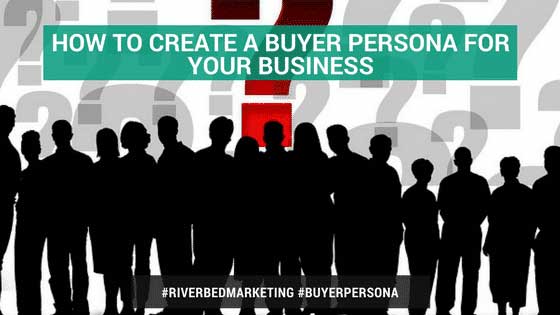Your brand is unique. Your product or service might not be, but the way you present it, package it and market it is. That means you have a very specific target audience, and to reach them effectively you need to speak directly to their individual interests.
Table of Contents
ToggleThe Pillars to B2B Buyer Persona Development
The way to do this is to create buyer personas that provide a precise definition of your ideal customer, his (or her) needs and wants, and the marketing channels he or she typically accesses. When you have this, you can look for the overlapping “sweet spot” to reach the people most likely to buy from you – your ideal buyers.
Here’s how to create b2b buyer personas for your business that encompass potential buyers with the most promise:
Step #1: Define the Broad Base
Make a list of the products or services you sell, and categorize them based on former sales data. Define the broad base off your target market according to geographical location and demographic data. Highlight the annual income bracket, location and other common denominators of your average customer to form the basis on which you’ll build the personas. This is essential for developing clear-cut buyer personas, and unless you define it distinctly it’s easy to lose sight of the specific attributes of your various audience groups.
Step #2: Segment the Audience
It stands to reason you’ll need different personas for your B2B buyer and your B2C buyer, and you’ll also need to distinguish between corporate and niche business buyers. Each of those categories, however, can be segmented further to make your personas as specific as possible.
For example, your C-suite buyer probably requires a more high-level approach (and channels) than the head of a purchasing department for components. Identify the different ideal customers and create a persona for each one.
Step #3: Visualize the Buyer
Creating effective buyer personas means conjuring up “real” people. Give each of your personas a name and choose an image that represents them. For a corporate technology services buyer, for example, you might focus on three personas:
- Executive Edward, president of the company, whose focus is to grow the business to meet an ambitious five-year strategy;
- Accounting Anne, the company’s financial controller, who is serious about curbing costs and getting the best value for money; and
- IT Ivan, head of information technology, who takes seriously his responsibility to automate business processes and maintain up-to-date, cutting-edge services to all departments.
Develop a description of each persona that encompasses their age, income status, characteristics, wants and needs. You can speak with real customers to get information to base this on, and perform target market research for your industry to get some data.
Step #4: Identify Triggers & Objections
One of the most important aspects of closing a deal is to be able to satisfactorily answer your prospect’s objections. Find out what the typical triggers and objections are for each of these personas and build them into your description.
Triggers focus on issues such as cost-savings, ease of implementation and economies of scale, while objections typically include the capital expenditure required to make it happen, need for employee training, and the time-line for effective migration.
Step #5: Prepare Customized Campaigns
Once you have well-researched, effective buyer personas set up, you’ll be able to optimize your marketing and the channels you use for each of them. This will enable you to deliver targeted, specific messages that attract your ideal customers, answer their questions, and provide you with qualified sales leads.
The “sweet spot” is where your marketing overlaps the areas common to each persona, resulting in maximum impact for your inbound marketing campaign. This could be readership of an industry website or publication, attendance at a trade show or conference, or accessing your online content resources.
It takes some time and effort to set up solid buyer personas, but the rewards will be worthwhile.











